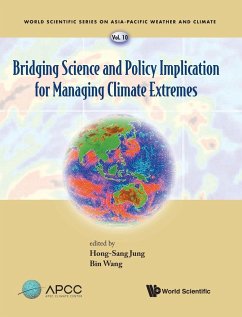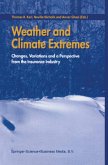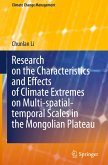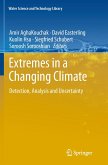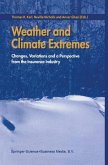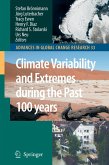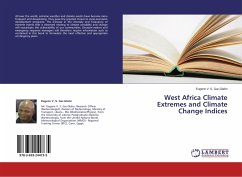Since 1980, the number of climate-related disasters has been greatly increased globally. Scientific consensus based on the IPCC fifth report suggested that global warming would bring more intense and frequent extreme climate events. These climate-related disasters hinder the achievement of sustainable economic growth and prosperity by disrupting supply chains, impeding production, destroying infrastructure, and necessitating high-cost rebuilding and recovery. To mitigate the climate extreme risks and possible losses, it is essential to maximize the utilization of scientific outputs and to share best practices in disaster risk management. Aligned with such purposes, Asia-Pacific Economic Cooperation (APEC) Climate Center (APCC) hosts the APEC Climate Symposium (APCS) every year. APCS focused on drought prediction and management in 2013, climate extremes and hydrological disaster in 2014, and efficient use of climate information for disaster risk management in 2015. This book aims to compile some of the important results from the latest research in climate extreme prediction and services and its application studies with a focus on climate extremes such as typhoons, droughts, and floods based on the APCS presentations during 2013-2015.
Hinweis: Dieser Artikel kann nur an eine deutsche Lieferadresse ausgeliefert werden.
Hinweis: Dieser Artikel kann nur an eine deutsche Lieferadresse ausgeliefert werden.
